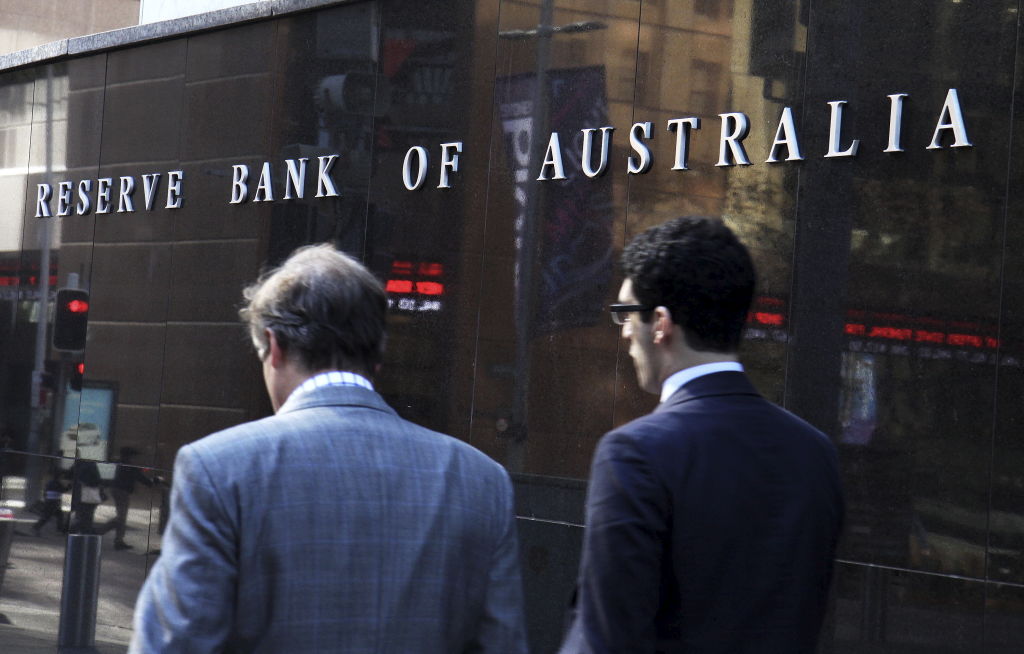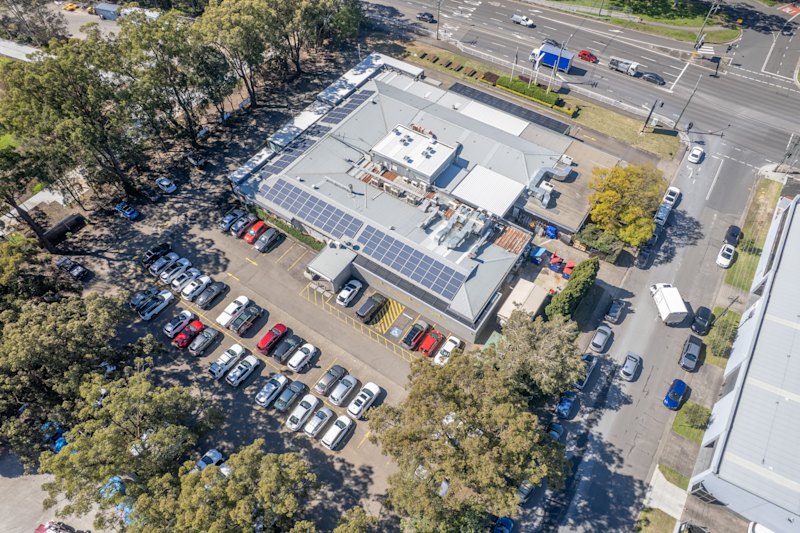November interest rate announcement: Reserve Bank cuts cash rate to bolster economy

The Reserve Bank of Australia has cut the official interest rate by 0.15 percentage points in its first shift since sitting at the already historic low of 0.25 per cent from March.
The decision on Tuesday to reduce the cash rate and yield curve targets to a new record low of 0.10 per cent was immediately welcomed by many of the country’s leading economists as a valuable back-up for the government’s budget measures last month to boost an economy staggering from its COVID-19 hit.
“This is the shot in the arm the economy probably needs in the run-up to Christmas,” said Angela Jackson of Equity Economics. “There’s been some economic stagnation in a number of states across Australia and this will keep the dollar low, stimulate exports and help get things moving again.”
There’s been a great deal of discussion about whether banks will pass on much of the rate cut to consumers, but Ms Jackson says there’ll be a lot of pressure on them to play fair. “It’s in the banks’ interests that customers start spending again,” she said. “But they probably won’t pass on the full amount.”
If they do pass on the cut, it could mean significant savings for consumers, with a cut of 15 basis points saving the average home loan customer around $500 a year in interest, says Graham Cooke, insights manager at Finer, in its latest RBA Cash Rate Survey.
“Now is not the time for home owners to be complacent,” he said, suggesting borrowers should refinance to a more competitive deal if their lender didn’t pass on savings.
If a home owner with the average mortgage of $479,801 were to drop from the current average variable rate of 3.99 per cent to 3.84 per cent, he believes they would pocket an extra $495 per year which, over the course of a 30-year loan, would save them $14,857 in interest.
PRD Real Estate chief economist Dr Diaswati Mardiasmo says this cut is likely to prove a popular move among many consumers, particularly if they’re struggling to pay off the compound interest on mortgages following the end of the six-month freeze.
“It’s a good thing the cash rate has come down, however it doesn’t follow that every bank will pass on the savings, because there’s no legislation that says they have to,” she said. “As well, banks are funded by loans from international banks and so some decide not to.
“But I think in this case most will as they’ll be applauded for it, even if they pass it on proportionately, and criticised if they don’t.”
The lowering of the rate should also be good for the property market, says Mathew Tiller, head of commercial and research at LJ Hooker. Since the last cut in March, there’s been a considerable increase in buyer demand – particularly for first-home buyers and owner-occupiers – as a result of the combination of low interest rates and government stimulus measures.
“With the rate coming down even further, we think this will increase the numbers of people turning up for open homes and auctions,” he said. “Listings have been low up until now, but this rate cut will give more confidence to vendors to put their properties on the market.
“We believe the banks will definitely pass some of the cut onto consumers since there’s a lot of competition at the moment between the banks.”
But considering it has been such a small cut, it won’t have a huge impact, says Paul Bloxham, chief economist for HSBC Australia. “It will put further downward pressure on mortgage rates, but only by a small amount,” he said.
“The RBA has only taken a small step and it’s pretty near the limit of what it can deliver. It makes sense to have done this, but, for the broader economy, most of the game now is with fiscal policy – government spending and tax policies.”
But Real Estate Institute of NSW president and Laing+Simmons managing director Leanne Pilkington said rate cut-induced prices rises could make homes less affordable.
“I think the property market is already seeing a lot of price pressure as a result of a lack of stock,” she said. “This rate cut will potentially exacerbate that. History has shown us that whenever interest rates go down, prices go up.
“Low interest rates are good for affordability, however, if coupled with a change in the rules around responsible lending. It’ll enable more people to get into the market. And hopefully it might encourage more people to sell.”
We recommend
We thought you might like
States
Capital Cities
Capital Cities - Rentals
Popular Areas
Allhomes
More










